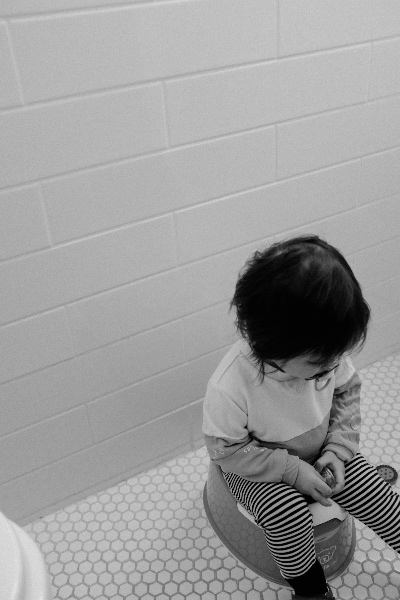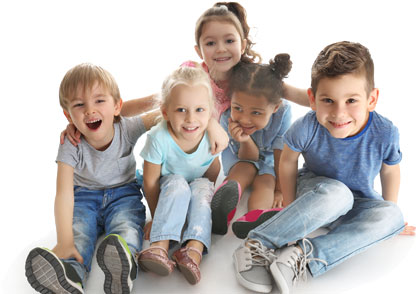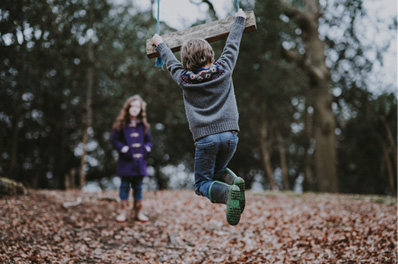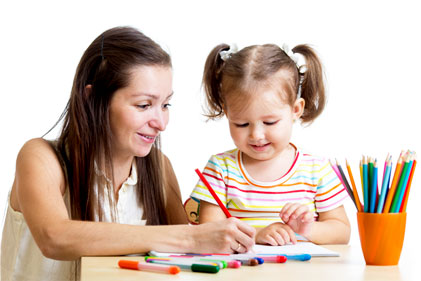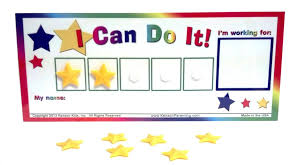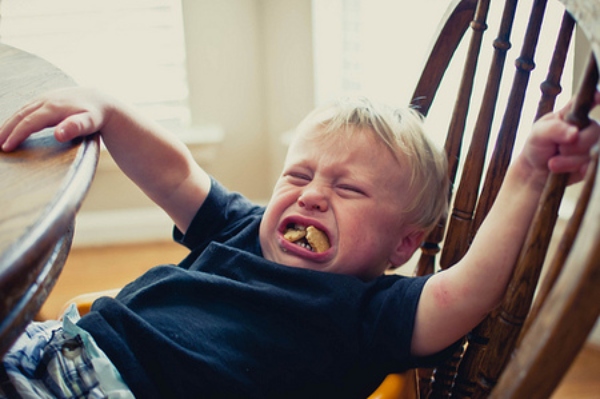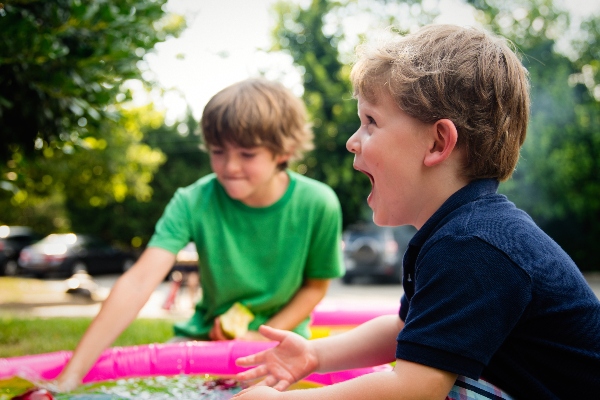Although there are lots of general recommendations for toilet training, children with developmental delays such as autism may have particular difficulty acquiring this self-help skill. In this case, a more intensive approach may improve the initial and long-term success of toilet training. If possible the caregiver that spends the most time with the child should be heavily involved in the toilet training process. This will increase the child’s ability to be successful across their day since they will most likely be with the primary caregiver when needing access to the bathroom. If your child receives ABA services in-home, you can definitely get the team involved in toilet training, but it is still best that the primary caregiver is involved in the training with the team. If your child receives ABA services in a clinic setting and they are willing to conduct potty training it can then be transferred to caregivers with the help of the team (see generalization section after training).
Before Training:
Pediatricians and researchers have suggested several potential behaviors or skills that may indicate your child is ready for toilet training. Although it is not necessarily required that your child has every one of these prior to training, it can lead to greater success if these are already occurring.
- Follows simple instructions
- Has regular BMs
- Stays dry for over 2 hours
- Demonstrates discomfort with dirty diapers/indicates when they have soiled their diaper
- Stays BM free overnight
- Understands potty words
- Shows interest in using the potty
- Indicates the physical need to go to the bathroom
- Requests to wear underwear
Preparing for Training:
There are a few things you want to have ready prior to starting toilet training.
- Have underwear for your child. There is some evidence that simply placing the child in underwear increases toilet training success
- Have a toddler potty or a potty seat that goes on the toilet. A potty seat may be more easily transferred to other environments and more portable in general
- Identify 1-3 items that are highly preferred for your child and easy to deliver immediately. Make sure these items are things that you can restrict access to for a few days prior to training and are only available for successful voids throughout training
- Time! – If you can select a week that at least one of the caregivers is available to run toilet training all day it can improve overall success and lead to faster toilet training
During Training:
- Open access to fluids
- Do not force your child to drink but encourage fluid intake and have water or other preferred beverages readily available and within the child’s reach (you can consult with your child’s pediatrician to determine a safe amount of fluids for their age and size)
- Scheduled sits
- There are various approaches to sit schedules but primarily it involves having your child sit on the toilet on a time based schedule and/or sitting for a predetermined amount of time or until a successful void occurs.
- During sits you may want to allow access to some moderately preferred toys to make sits more enjoyable and encourage the child to remain seated
- Brief sits – this may be the best choice if you are not able to spend most of the day in the bathroom at the start of training or if your child seems ready or especially interested in using the potty
- Sit your child on the potty for 5 minutes or until a void occurs, once every 30 minutes
- If a void occurs, immediately reinforce with a highly preferred item and praise
- If a void does not occur during the sit, increase visits to every 15 minutes until a void occurs
- In between sits the child can continue with the day as usual but keep a close eye to catch the start of a potential accident. If you see the child start to void in their underwear quickly move them to the potty, if they finish in the potty reinforce as if it were a success.
- Long sits – these can decrease accidents and increase successful voids from the start; you may want to switch to this type of schedule if you try brief sits and frequent accidents are occuring
- Sit your child on the potty for 30 minutes, if they void during the 30 minutes immediately reinforce with a highly preferred item and praise. Allow them to take a 5 minute break outside of the bathroom.
- If they do not void during the 30 minutes allow them a break off the potty but have them remain in the bathroom.
- Responding to Accidents
- If your child has an accident at any point during training provide a response such as “We go pee in the potty” in a neutral tone of voice. Transition the child to the bathroom and have them sit on the potty for a few minutes. Clean up the accident quietly and calmly without drawing a lot of attention to it. (Save your attention for the successes!)
- If accidents are occuring frequently you may want to re-evaluate your toileting schedule and make sits more frequent.
After Initial Training 
- Maintaining over time
- As you begin to see your child be successful with a frequent sit schedule begin to increase the time between sits or decrease the amount of time they spend sitting while increasing their time outside of the bathroom
- Brief sits:
- Sit for 5 minutes, every 30 minutes → 3 successes in a row (no accidents)
- Sit for 5 minutes, every 60 minutes → 3 successes in a row (no accidents)
- Sit for 5 minutes, every 90 minutes
- Long sits:
- Sit for 30 minutes, 5 minute break → 3 successes (no accidents)
- Sit for 25 minutes, 10 minute break → 3 successes (no accidents)
- Sit for 20 minutes, 15 minute break
- Brief sits:
- Fading out the schedule will also allow opportunities for your child to initiate the bathroom independently, reinforce any initiations with praise and/or a preferred item.
- If initiations are not occurring independently, pair scheduled sits with a model of vocal request such as, “I need potty” or a visual potty card and prompt touching the card before accessing the bathroom.
- Also begin to fade out reinforcers by providing praise only for some successful voids (only provide a preferred item every 2-3 successes)
- As you begin to see your child be successful with a frequent sit schedule begin to increase the time between sits or decrease the amount of time they spend sitting while increasing their time outside of the bathroom
- Generalizing across environments – in general having the caregiver involved from the beginning will help facilitate generalization from the onset of training but some additional steps should be taken after toilet training is successful with one bathroom at home.
- Home → School (and other common environments)
- If you complete the initial training at home, after success with the initial bathroom where training occurred begin to introduce your child to other bathrooms in the house (if one is available)
- Once comfortable with all bathrooms in the home, begin to have them use bathrooms in other homes they are comfortable with (e.g., grandparents house). Be sure to bring their potty seat or have similar one available.
- At the same time introduce them to bathroom(s) at school, it may be helpful to have the caregiver that trained them available the first time they use the bathroom at school and transfer to a teacher or aide.
- Continue practicing in new spaces that the child visits frequently (e.g., public library)
- School → Home
- If training is initially completely at a school or clinic setting the caregiver should come to the school to participate in the training process.
- The caregiver should then use a similar seat and reinforcers to transfer potty training to the home. Scheduled sits may initially be necessary, but the child may also successfully initiate the bathroom at home after training at school without any scheduled sits.
- Home → School (and other common environments)
Data Collection
It is not a requirement but it may be beneficial to collect some data when you are first toilet training your child. Collecting data can provide valuable information if you encounter difficulties during the training process by identifying patterns in the occurrence of accidents and successes. Below is a sample data sheet:

Want to start services with GBS? Contact us! Looking for more parenting tips? Check out our Purposeful Parenting workshop!


